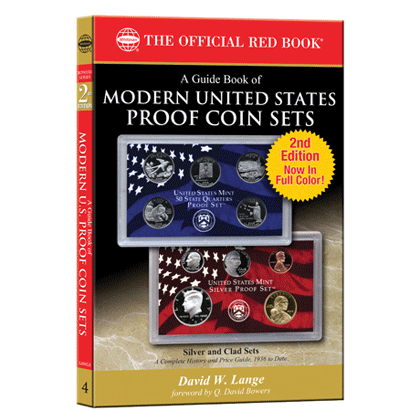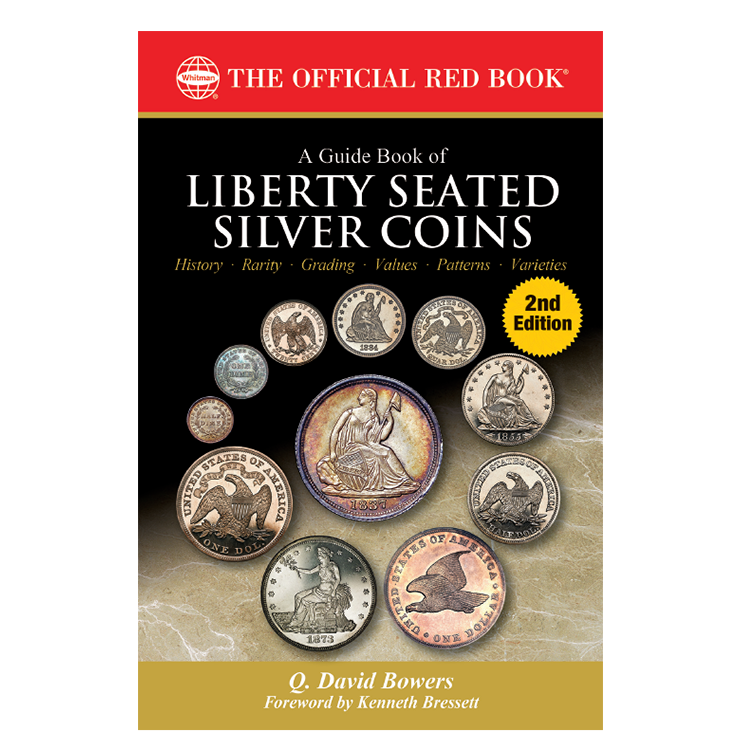What It Covers
-
Proof coin sets from 1936 to present: includes early vintage issues (1936-1942), the classic proof sets from 1950-1964, the Special Mint Sets of 1965-1967, modern proof sets from 1968-1998, the State Quarters proof sets (1999-2008), and proofs related to America the Beautiful / Presidential dollars / newer programs.
-
It covers silver & clad proof sets. So collectors know which proof sets include silver coins vs which are entirely clad.
-
It gives historical background — how the U.S. Mint proof sets evolved, why some years had special mintings or skipped issues, and what external factors (like coins being hoarded, changes in composition, collector demand) influenced the proof set market.
-
There is detailed data: specifications, mintage numbers, current market values (for different grades), and many photographs to help in visual recognition.
Specifications
| Spec | Detail |
|---|---|
| Title | A Guide Book of Modern United States Proof Coin Sets, 2nd Edition by David W. Lange |
| Part of Series | Red Book Series #4 (“History, Values, Collecting”) |
| Pages | 256 pages |
| Format / Binding | Full-color paperback, about 6 × 9 inches dimensions. |
| ISBNs | Print: 0794828604; Digital/eTextbook ISBN: 9780794838690 |
| Publication Date | 2010 (2nd Edition) |
Why Collectors Value It
-
Helps distinguish which proof sets are silver vs clad — this matters for value. Proof sets that include silver often carry premiums.
-
Good resource for tracking rarities: some proof sets are scarce or have low mintages; some years had special issues or missing coins.
-
The photographs and data help with verifying condition and authenticity — proof struck coins often have reflective surfaces, cameo or deep cameo finishes, which are subject to spotting defects or toning.
-
Provides price/value trends, so you can see how proof sets have held or increased in value over time — useful for both hobby collectors and those acquiring them as part of investment or portfolio.
-
Covers many series, so you don’t need separate books for every proof-period: early, classic, modern, State Quarters, etc.





